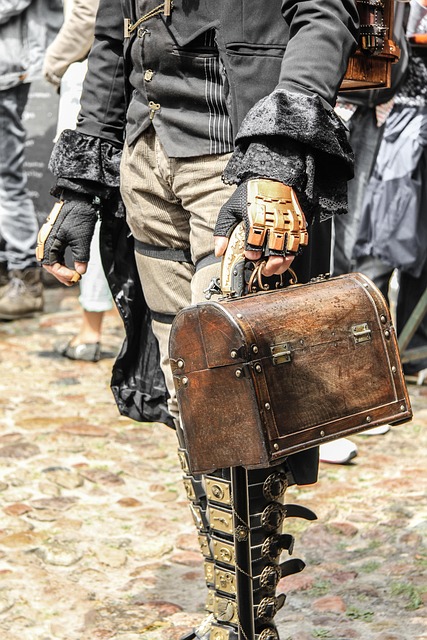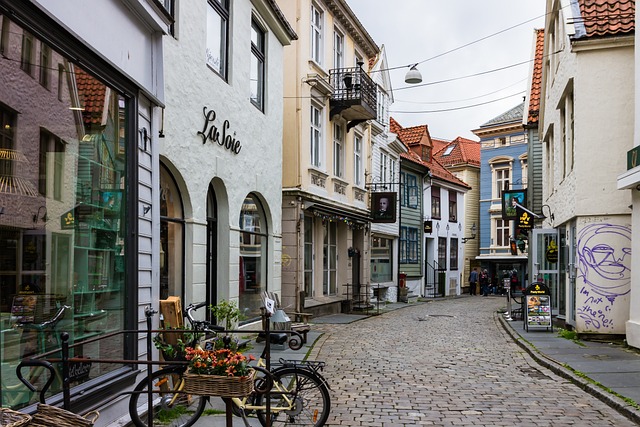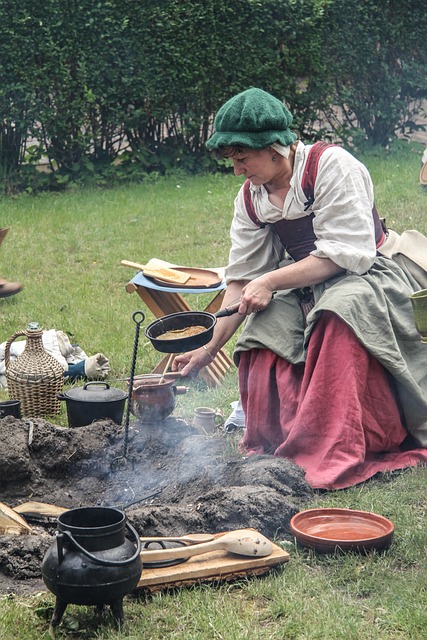Preserving older properties in real estate involves identifying and safeguarding key architectural features like original windows, doors, trim work, and unique designs which hold both aesthetic and historical value. Restoring these elements maintains building integrity, enhances marketability, and balances modern renovations with historical respect. Protecting original design features contributes to a location's identity, enhances property value, and attracts buyers & tenants seeking historic spaces, setting properties apart in the competitive real estate market.
In the realm of real estate, preserving original architectural elements is a delicate yet rewarding task. This article explores the art of safeguarding historic structures’ integrity while enhancing their value. By identifying key features to save—from intricate woodwork to vintage fixtures—we delve into effective preservation methods. Understanding these practices not only preserves our built heritage but also boosts property appeal and attracts those who appreciate timeless design in the competitive real estate market.
Identifying Key Architectural Features to Save
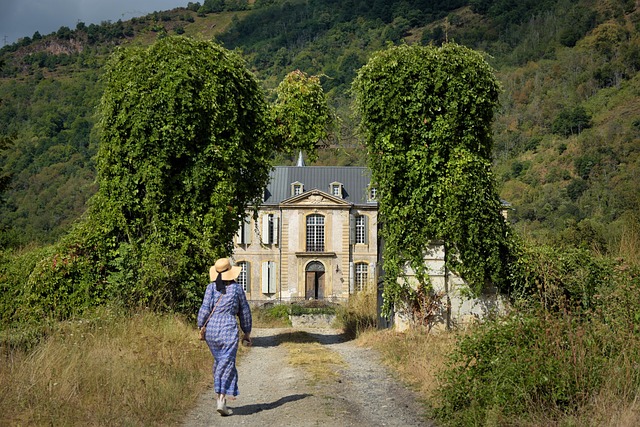
When preserving an older property, the first step is identifying its key architectural features that warrant saving. These elements often tell the unique story of a building’s history and era. In real estate, it’s crucial to recognize and safeguard characteristics like original windows, doors, trim work, and even floor plans that reflect the structure’s initial design. Such features not only hold aesthetic value but can also provide insights into the property’s past.
Additionally, architectural details such as intricate moldings, decorative fireplaces, or unique ceiling designs can significantly enhance a home’s appeal. Restoring these elements not only preserves the building’s integrity but also contributes to its marketability and desirability in today’s competitive real estate market.
Methods for Preserving Historic Structures' Integrity
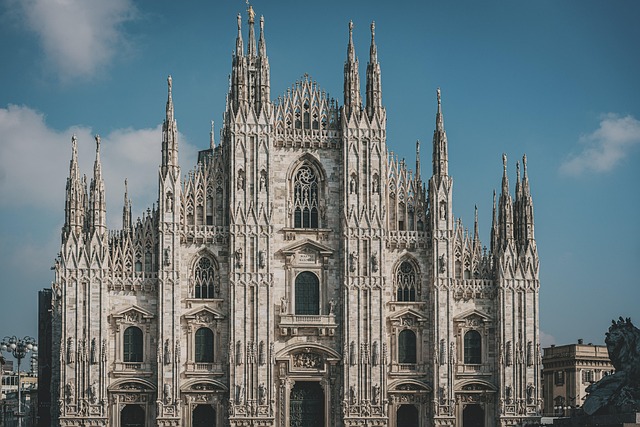
Preserving the integrity of historic structures involves a meticulous approach that requires careful consideration and expert knowledge. One effective method is structural stabilization, where engineers assess and reinforce weak points to ensure the building’s safety and longevity. This process often includes replacing or restoring original materials, such as wood beams and bricks, to maintain the structure’s authenticity.
In the real estate sector, it’s becoming increasingly popular to renovate historic properties while preserving their architectural essence. This involves a delicate balance between modern interventions and respecting the building’s historical value. Experts in this field carefully document each element, creating detailed plans for restoration, which helps future builders understand the original design intent. This meticulous documentation ensures that any alterations or additions are sensitive to the structure’s character, ensuring its enduring beauty and significance for generations to come.
Benefits of Protecting Original Design Elements in Real Estate

Protecting and preserving original architectural design elements in real estate offers a multitude of benefits, both for property owners and the broader community. These unique features contribute significantly to the historical and cultural fabric of a location, making each building a testament to its time and place. By carefully maintaining these elements, we ensure that properties retain their authentic character, which can be a significant draw for potential buyers or tenants looking for distinct, historic spaces.
Moreover, preserving original design often enhances the property’s value and marketability. In the world of real estate, where trends come and go, a building with preserved historical architecture stands out as a unique offering. This can lead to increased interest from various sectors, including historic preservation enthusiasts, cultural institutions, and those seeking to live or work in spaces that reflect the past while offering modern amenities.



